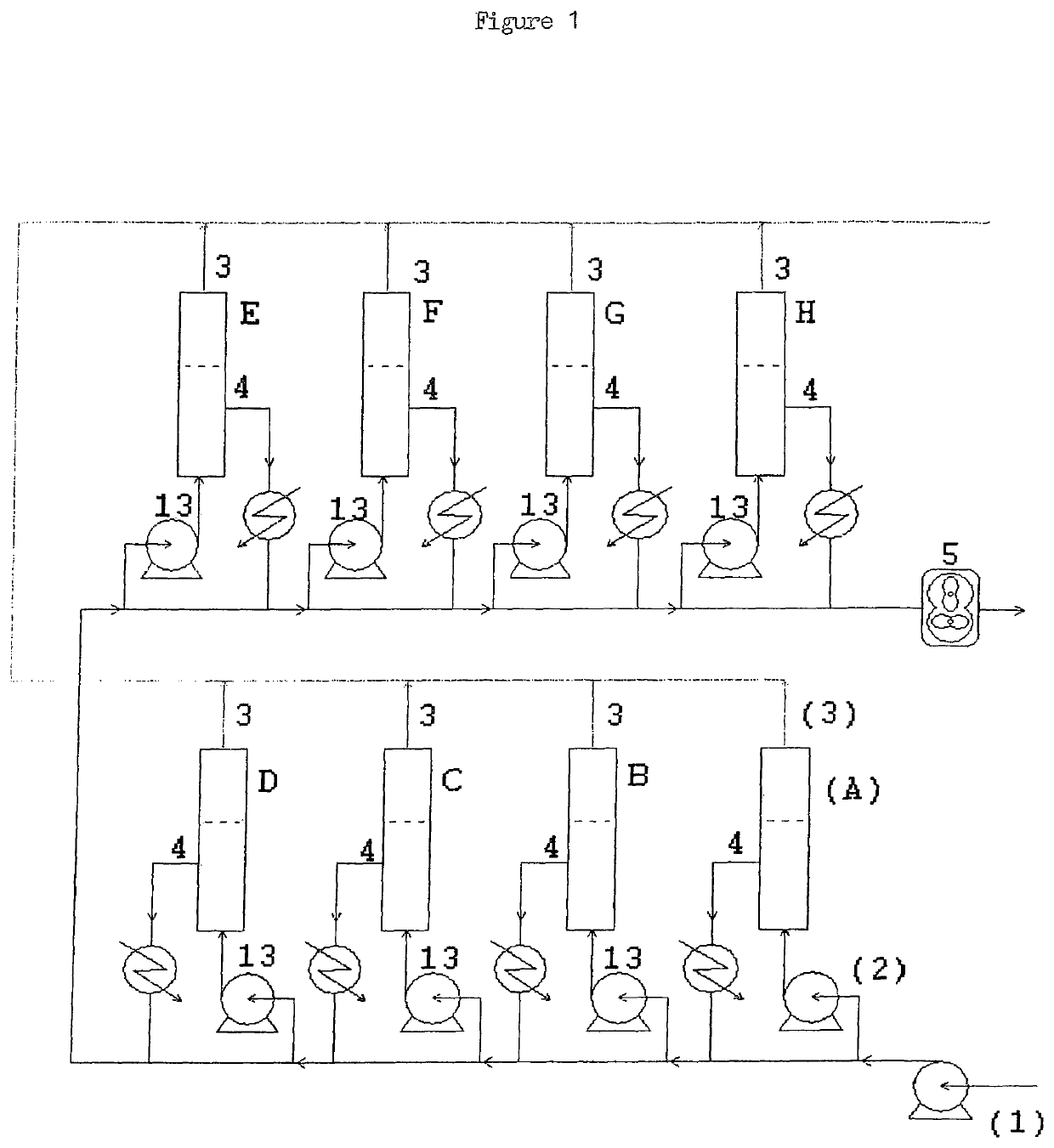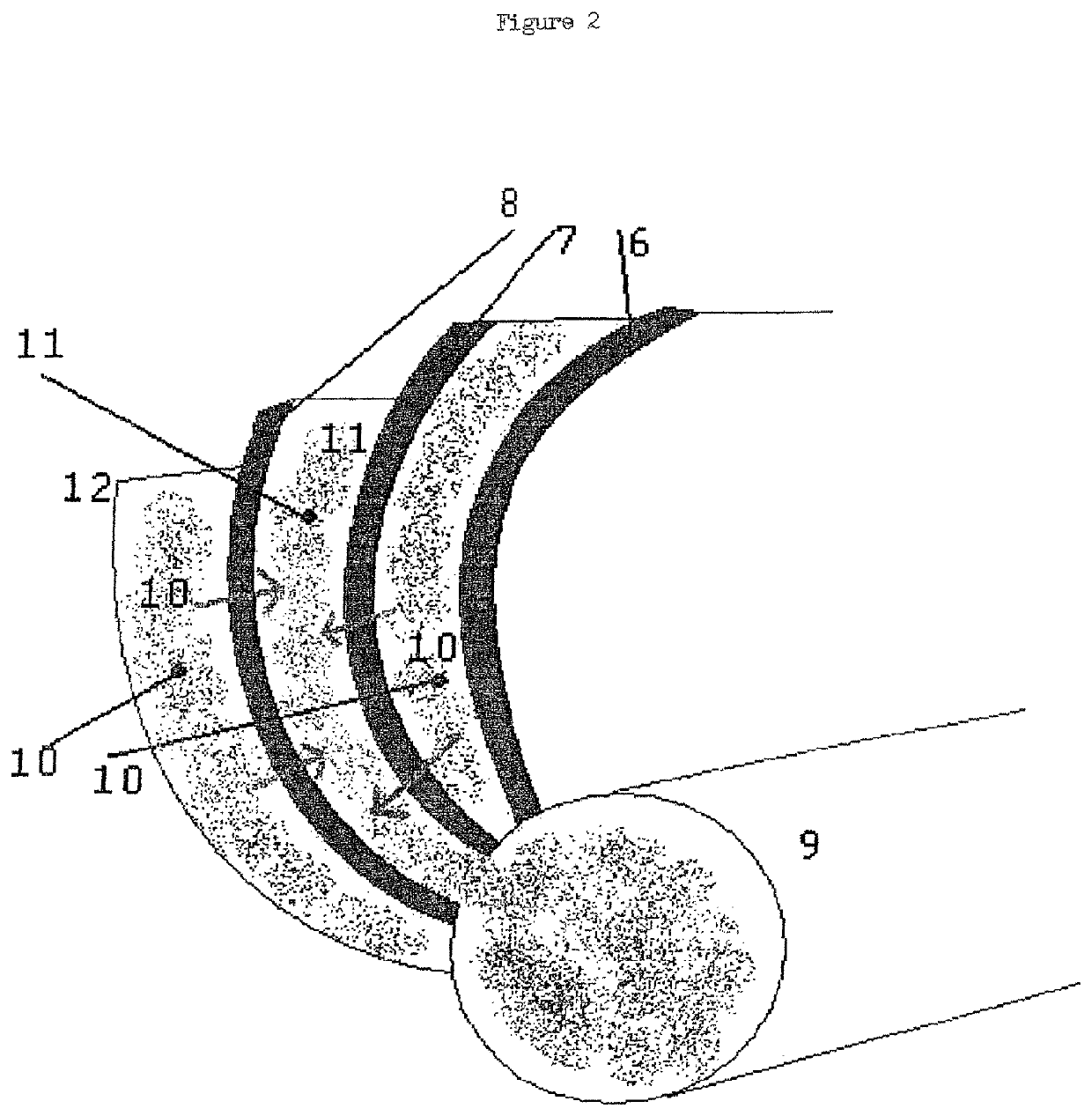A serious
disadvantage of this traditional way of straining yoghurt is the very limited
shelf life of the final product, mainly due to the microbiological contaminations
stemming from the sequence of actions which
expose the milk and / or the yoghurt either to surfaces or to the environment (e.g. to air), and due as well to the human factor that is actively involved in the production stages.
The limited
shelf life of the final product poses restrictions on its long-distance transportation from the production location, thus its consumption should be limited within the
local community.
Furthermore, the conditions of such a production are not stable, with the ambient temperature being a critical factor which affects the
fermentation as well as the lengthy straining process.
As a result, the final product is not repeatable and is unstable throughout different productions, in terms of taste as well as of texture.
Furthermore, the mechanical straining by
centrifuge literally strains (tires) the product: the
centrifugation process is violent, since it actually submits the centrifuged yoghurt to
artificial gravity, resulting in the final product being less natural.
Indicative disadvantages and problems associated with the existing level of technology in terms of strained yoghurt production on a large scale are the following:The mechanical stressing of the yoghurt coagulum, due to the additional mechanical
processing during the straining stage results in a lower product firmness versus the desired firmness value for the final product, as well as in a low production yield; namely the final product is less firm than it could have been if it hadn't been mechanically strained, and this is a
disadvantage of the technology in question.The
instability throughout the production process, which leads to non-homogenous products within the same production, both in terms of taste and of texture, is an unwanted factor in a large scale production.The sensitivity of the system, which is affected by several parameters, such as the composition of milk, the progress of milk / cream
fermentation, the correct function of the in-line mixing of different phases during which the yoghurt coagulum is mixed with the fat phase, in order to standardize the fat of the final product.
This sensitivity leads to non-homogenous, non-repeatable products, both within the same production, and from production to production, which is also not desired for large scale production.When applying low yield straining processes, like it is the case in mechanical straining with
centrifugation, there is significant loss of proteins and caseins that are carried away with the whey.
These ingredients are desirable to remain in the final product because they can contribute significantly to its structure, therefore their loss to the whey is a
disadvantage.
This leads to the need of straining more parts of milk in order to produce one part of the final strained yoghurt, namely more milk is necessary to be processed in order to yield the desired product, which would include the
target protein content.The structure of the final product is obviously too opaque, without a shine, and it often looks like “cheese” with a powdery texture, especially in the case of low
fat content, namely the structure and texture of the final product are not the ones expected by the
consumer.Production is more difficult because of the more complex handling required, such as mixing with fresh cream in order to standardize the fat of the final product, especially in the typical case of mainstream centrifugation systems used for straining yoghurt of a non-zero
fat content.
On top of the disadvantages and problems described above, it is a fact that the main principle of straining via mechanical separation of the yoghurt whey, as it is known and is being currently implemented wherever large scale production is made, lies far from the principal traditional concept of straining yoghurt by means of natural separation (cloth, container with holes).
 Login to View More
Login to View More  Login to View More
Login to View More 

